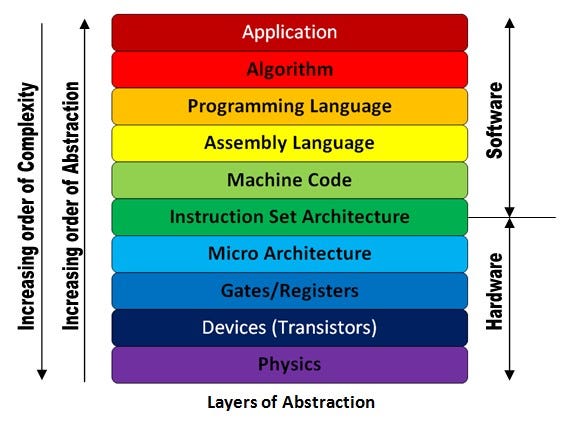Here's some back-to-back content, as this post is related to my previous big data one. Here's some more thoughts on Big Data:
2. Big Data is most notably known for it's assistance in determining what's trending in nearly all social media sites and platforms, from YouTube, Twitter, Tumblr, etc.
3. The effects of big data, if furthered, can greatly alter our lifestyle. As more big data is interpreted and used to cater to a demand, the various aspects of life such as entertainment, education, etc. will greatly improve and come to affect a wider audience.
How is Big Data related to Computer Science?
According to www.educba.com, big data falls under data science, which is a subset of computer science. In addition, the interpretation and analysis of big data is closely dependent on the mechanics of computer science, as we definitely need to rely on machines to do nitty-gritty tasks like organization and presentation, while humans will find the conclusions and act upon the results of the big data. |
| Photo from milo.medium.com |
What makes data "big?"
What makes big data "big data" is the fact that it the information of a certain subject is capable of producing mass amounts of data and metadata at an instantaneous rate to the point that its organisation, interpretation and analysis cannot keep up with the continuous influx of information.What are three things you learned about Big Data from the videos?
1. I've learned that Big Data's definition is far more deeper than the self-explanatory nature of its name.2. Big Data is most notably known for it's assistance in determining what's trending in nearly all social media sites and platforms, from YouTube, Twitter, Tumblr, etc.
3. The effects of big data, if furthered, can greatly alter our lifestyle. As more big data is interpreted and used to cater to a demand, the various aspects of life such as entertainment, education, etc. will greatly improve and come to affect a wider audience.
 |
| Photo from cdn.datafloq.com |






